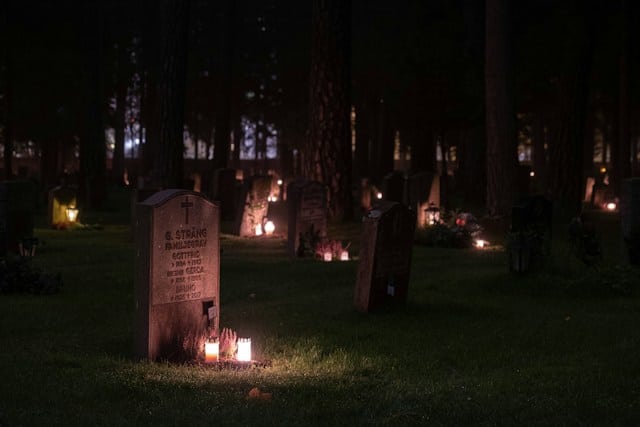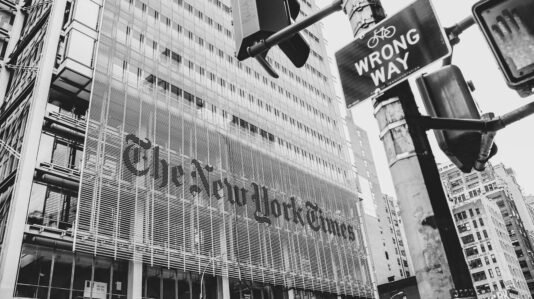The rapid advancements in technology, including the broad availability of generative AI tools, and the growing influence of digital media have made it easy to create images and video of dead celebrities. While the public may know that celebrities and others have a right to exploit their name, image and likeness while living, it’s not always true that the deceased can control their publicity rights postmortem. However, New York is one of several states that safeguards the interests of deceased personalities and performers.
What Is The Right of Publicity?
The right of publicity, codified in Sections 50 and 51 of the New York Civil Rights Law, defines the inherent and exclusive right of an individual to control the commercial use of various facets of their identity. There is no federal right of publicity and the scope of publicity rights varies from state to state. New York currently grants protection to four aspects of a person’s identity: name, portrait, picture and voice.
Notably, New York law does not confer publicity rights to corporations or other entities, only individuals. Moreover, any unauthorized use must occur in New York state, regardless of the locations of the plaintiff or defendant. The right of publicity exclusively precludes unlawful use for advertising or commercial purposes.
What Happens to Your Right of Publicity When You Die?
New York is among the states that protect a resident’s right to publicity after they die. In other jurisdictions, an individual’s publicity rights die with them. In New York, heirs to dead “personalities” and “performers” have the right to take action against unauthorized exploitation.
The statutory term “personalities” refers to individuals residing in New York at the time of their death, whose name, voice, signature, photograph, or likeness held commercial value either at the time of or because of their death. The protection against unauthorized use lasts for forty years from the date of their death. On the other hand, a “performer” is an individual living in the state at the time of their death, engaging regularly in activities such as acting, singing, dancing, or playing a musical instrument. Importantly, the post-mortem right attached to a “performer” does not have an expiration date.
New York also safeguards deceased performers from unauthorized “digital replicas,” which is increasingly important as artificial intelligence makes it easier to digitally replicate someone’s appearance. Digital replicas are computer-generated electronic performances that are convincingly realistic and may deceive a reasonable observer into believing that it is an authentic performance by the performer. However, a prominent disclaimer stating that the work has not been authorized is likely not to deceive a reasonable observer.
Conclusion
New York’s post-mortem right of publicity tackles challenges posed by modern technologies such as generative AI, and safeguards individuals beyond their lifetime. For any inquiries or legal support regarding the post-mortem right of publicity, our team of dedicated attorneys is available to guide you.





